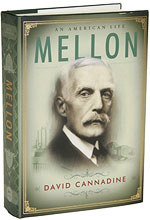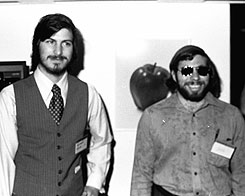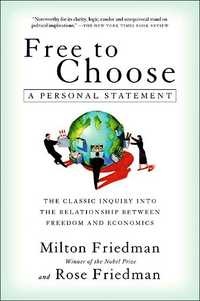In Free to Choose, Milton Friedman compared Hong Kong’s free market, with India’s state control of the economy. The dynamism and growth of Hong Kong was a stark contrast to the inertia and stagnation of India. In the decades since Free to Choose, India has become more free and, alas, Hong Kong less free:
(p. A14) . . . it was sadly unsurprising to see Hong Kong’s current leader, Donald Tsang, last month declare the death of the policy on which the territory’s prosperity was built.
The really amazing phenomenon is that, for half a century, his predecessors resisted the temptation to tax and meddle. Though a colony of socialist Britain, Hong Kong followed a laissez-faire capitalist policy, thanks largely to a British civil servant, John Cowperthwaite. Assigned to handle Hong Kong’s financial affairs in 1945, he rose through the ranks to become the territory’s financial secretary from 1961-71. Cowperthwaite, who died on Jan. 21 this year, was so famously laissez-faire that he refused to collect economic statistics for fear this would only give government officials an excuse for more meddling. His successor, Sir Philip Haddon-Cave, coined the term "positive noninterventionism" to describe Cowperthwaite’s approach.
The results of his policy were remarkable. At the end of World War II, Hong Kong was a dirt-poor island with a per-capita income about one-quarter that of Britain’s. By 1997, when sovereignty was transferred to China, its per-capita income was roughly equal to that of the departing colonial power, even though Britain had experienced sizable growth over the same period. That was a striking demonstration of the productivity of freedom, of what people can do when they are left free to pursue their own interests.
For the full commentary, see:
MILTON FRIEDMAN. "Hong Kong Wrong." Wall Street Journal (Fri., October 6, 2006): A14.
(Note: ellipsis added.)


 Source of book image: online version of the WSJ article cited above.
Source of book image: online version of the WSJ article cited above.

 Nicholas D. Kristof. Source of image: online verison of the NYT commentary cited below.
Nicholas D. Kristof. Source of image: online verison of the NYT commentary cited below.

 Ful is a fava bean stew that is popular in Cairo. Source of image: online version of the NYT article cited above.
Ful is a fava bean stew that is popular in Cairo. Source of image: online version of the NYT article cited above.



 Steve Jobs at left, and Steve Wozniak at right, in San Francisco in 1977. Source of photo: online version of the WSJ article cited above.
Steve Jobs at left, and Steve Wozniak at right, in San Francisco in 1977. Source of photo: online version of the WSJ article cited above.
